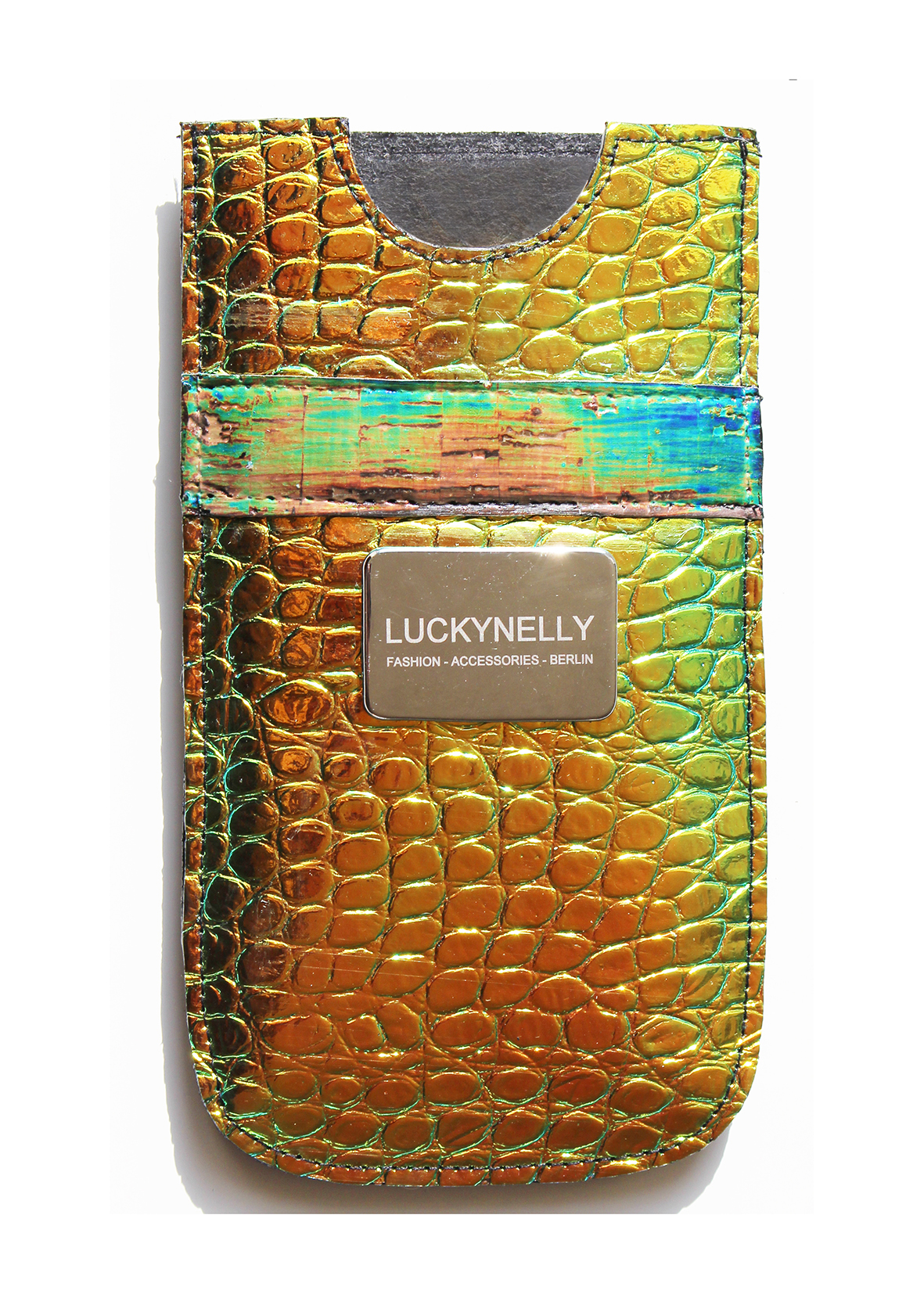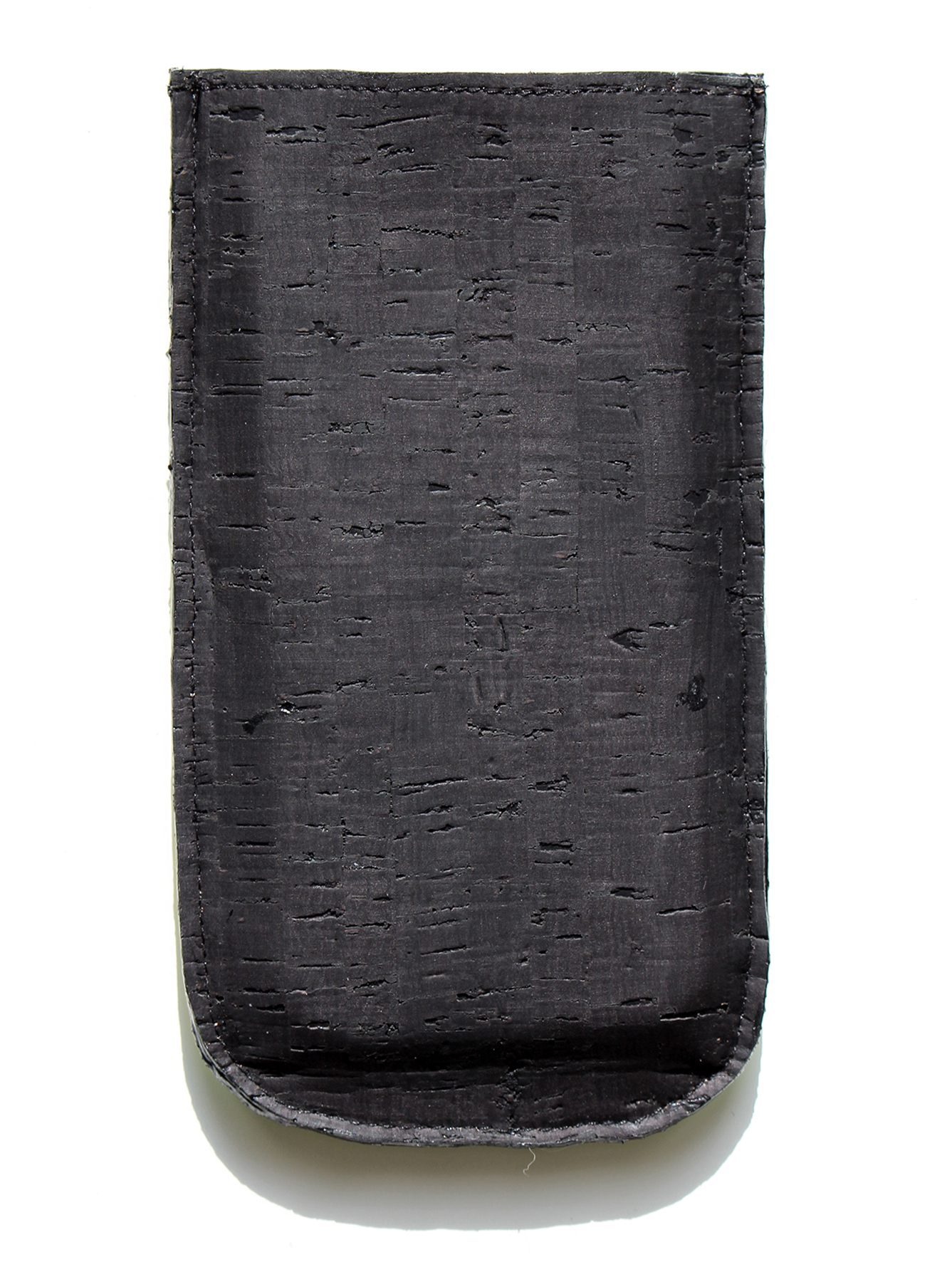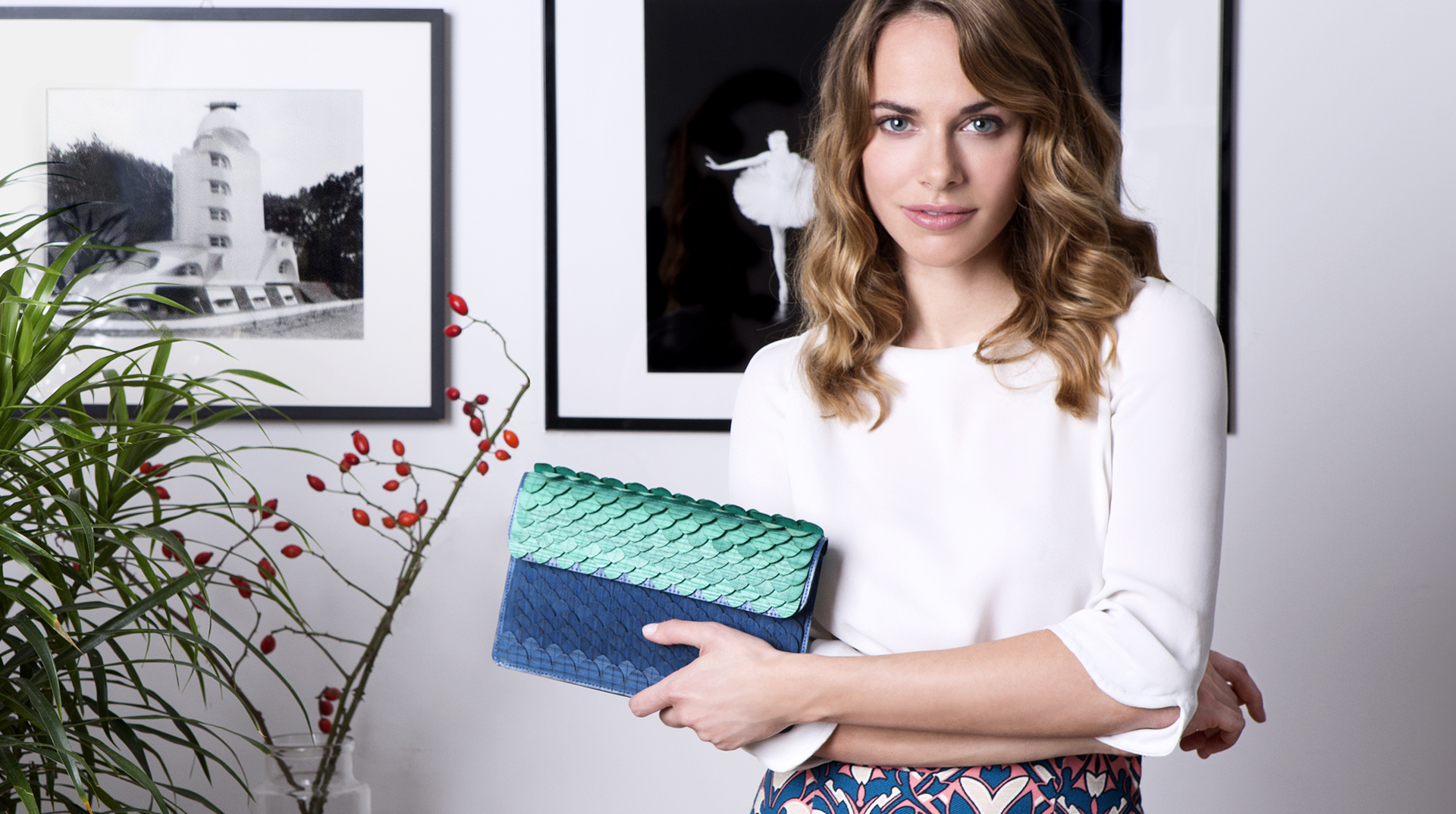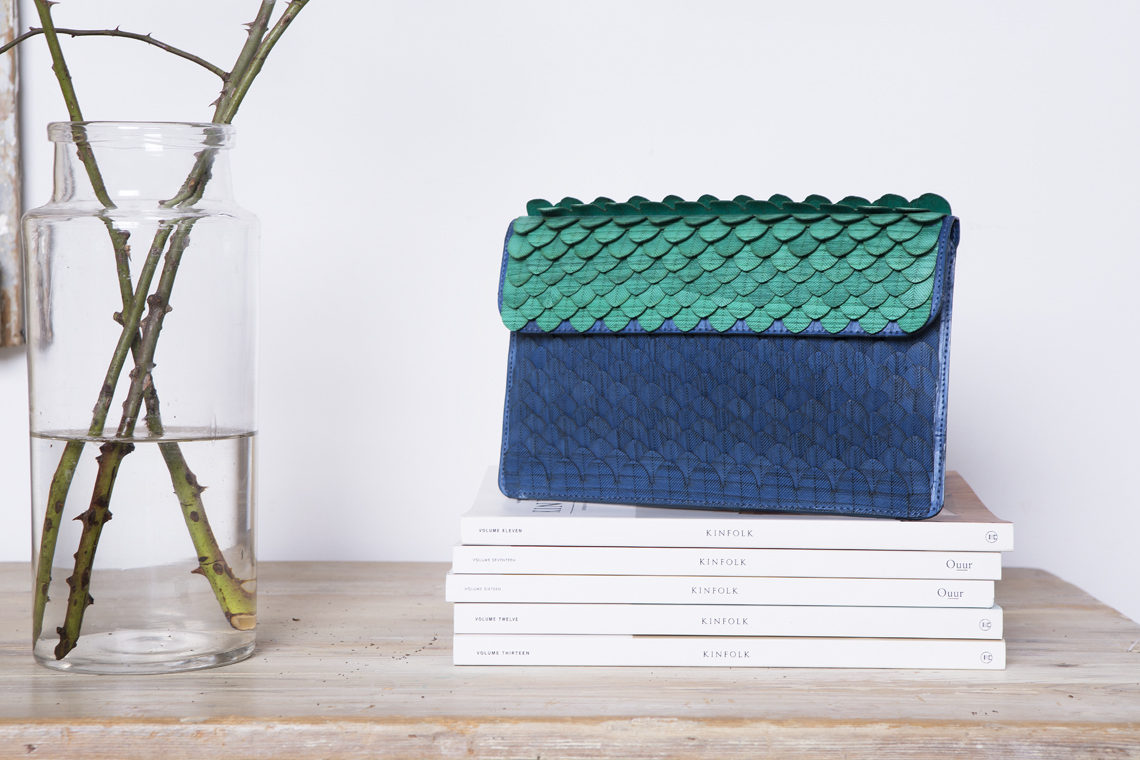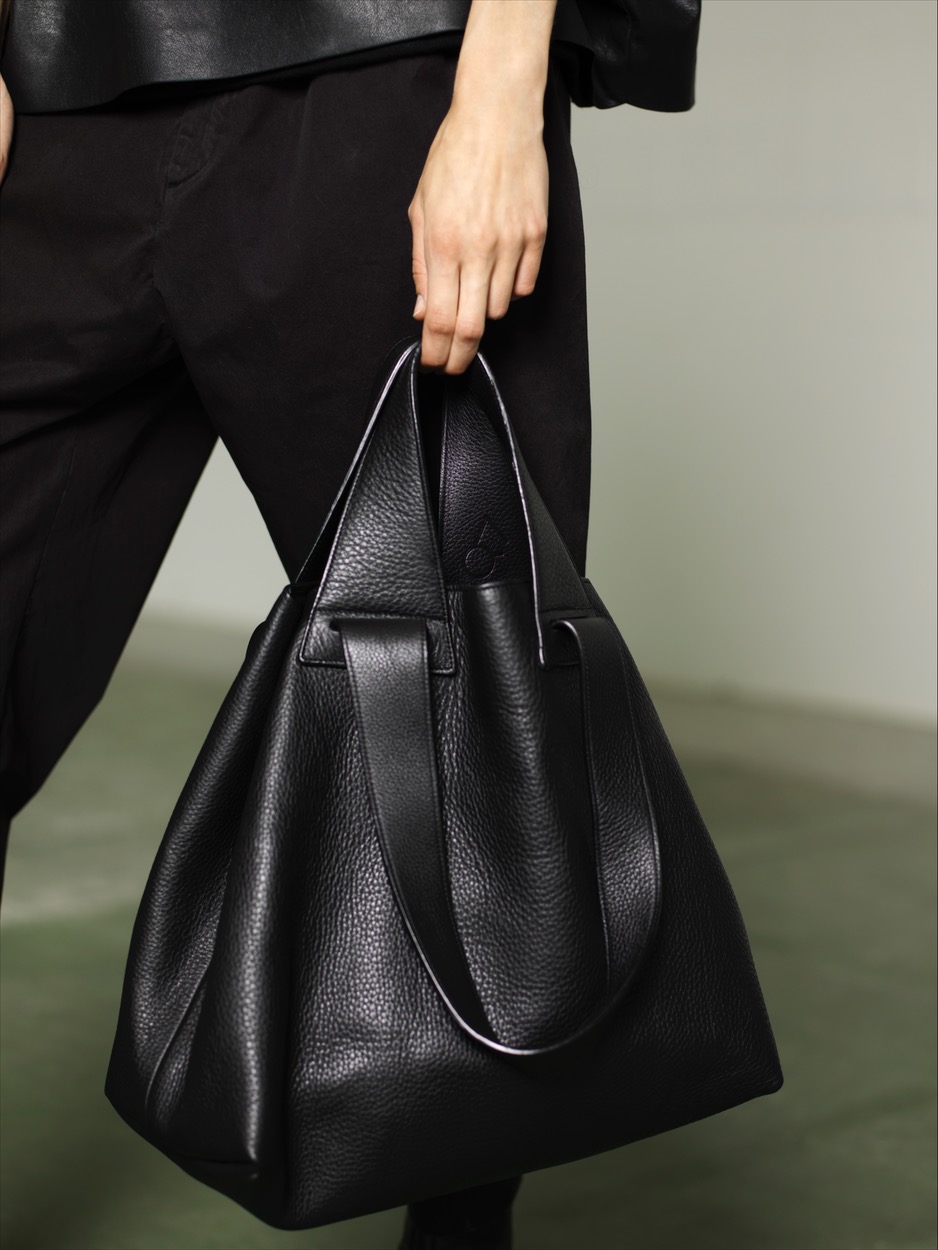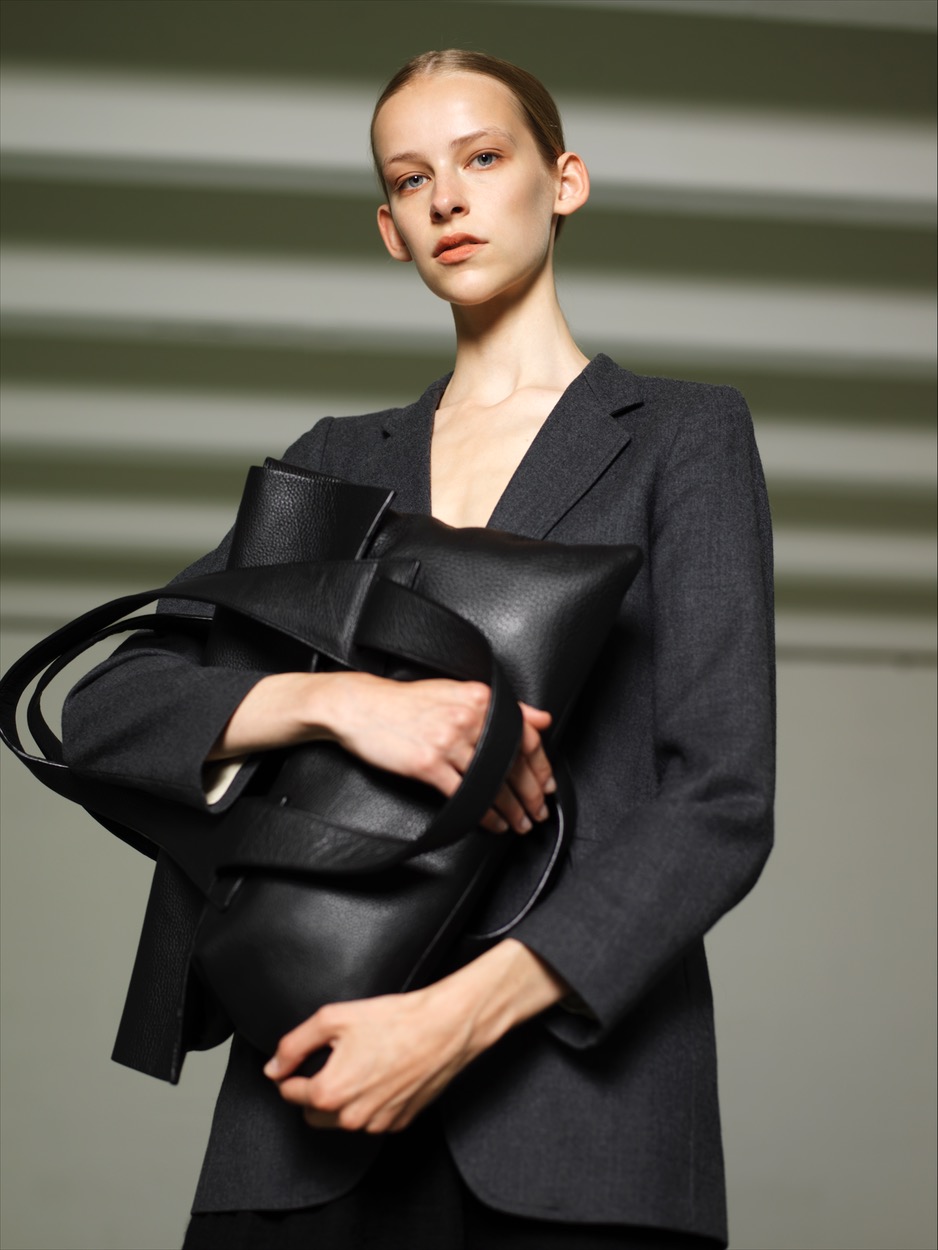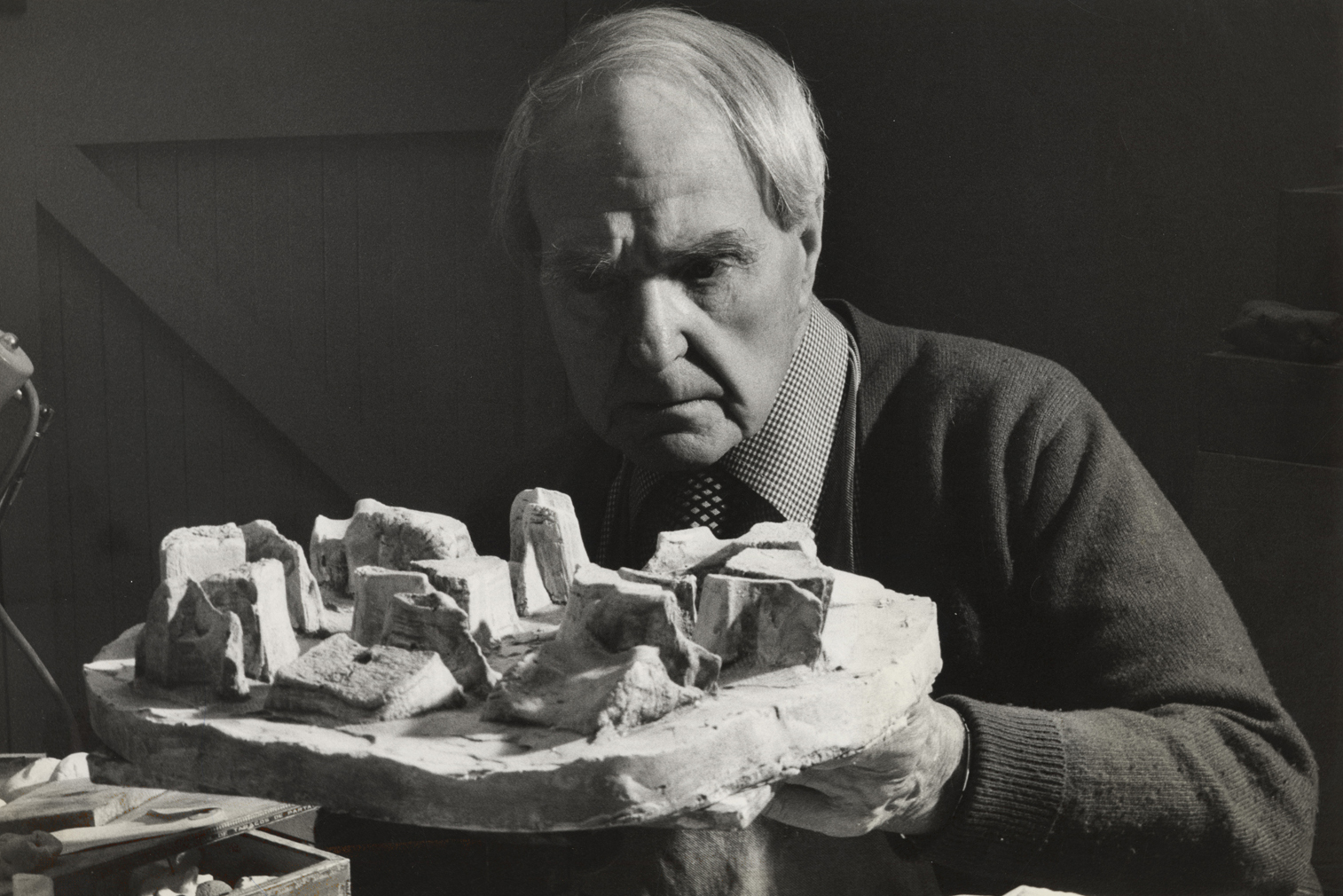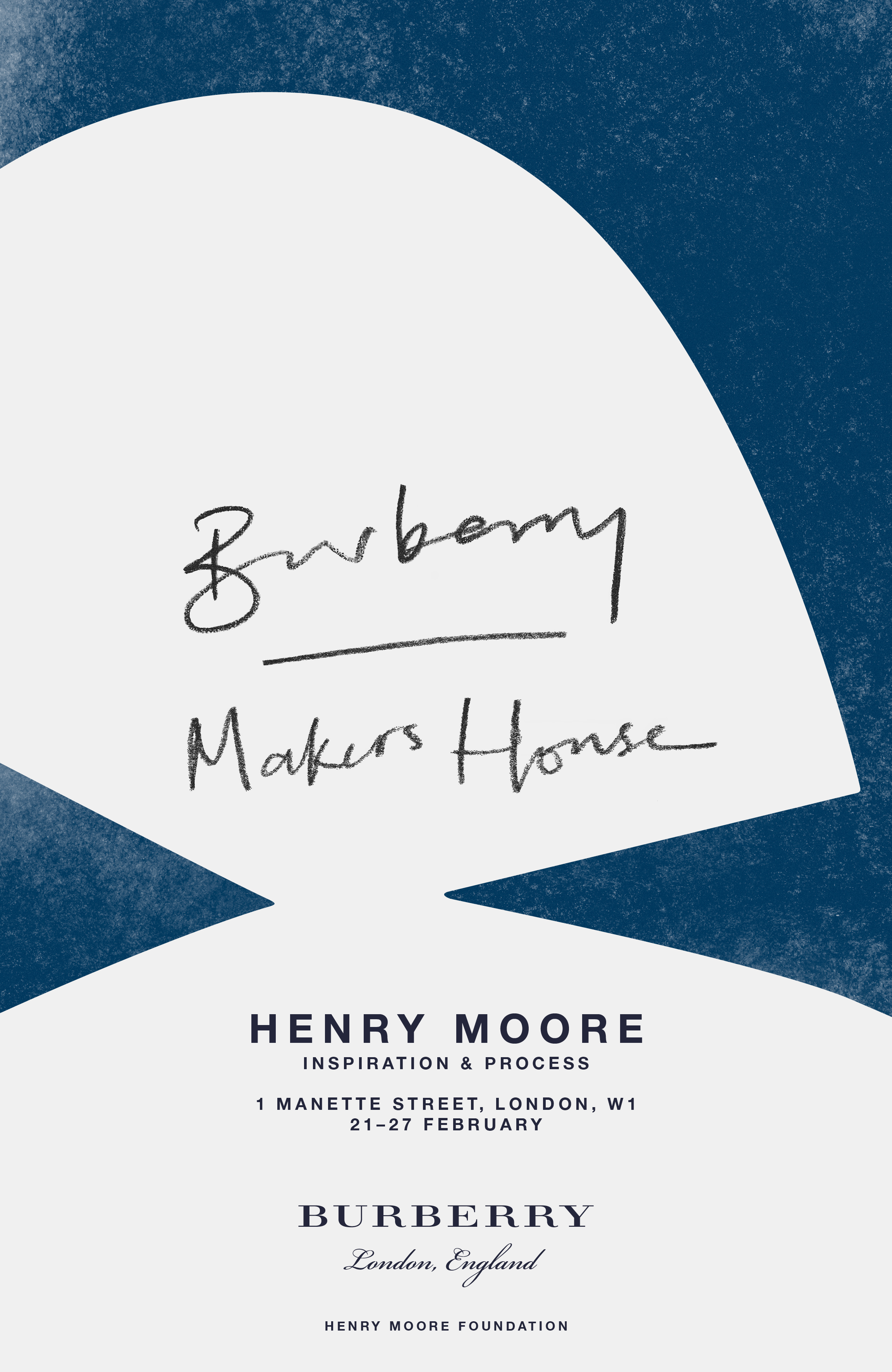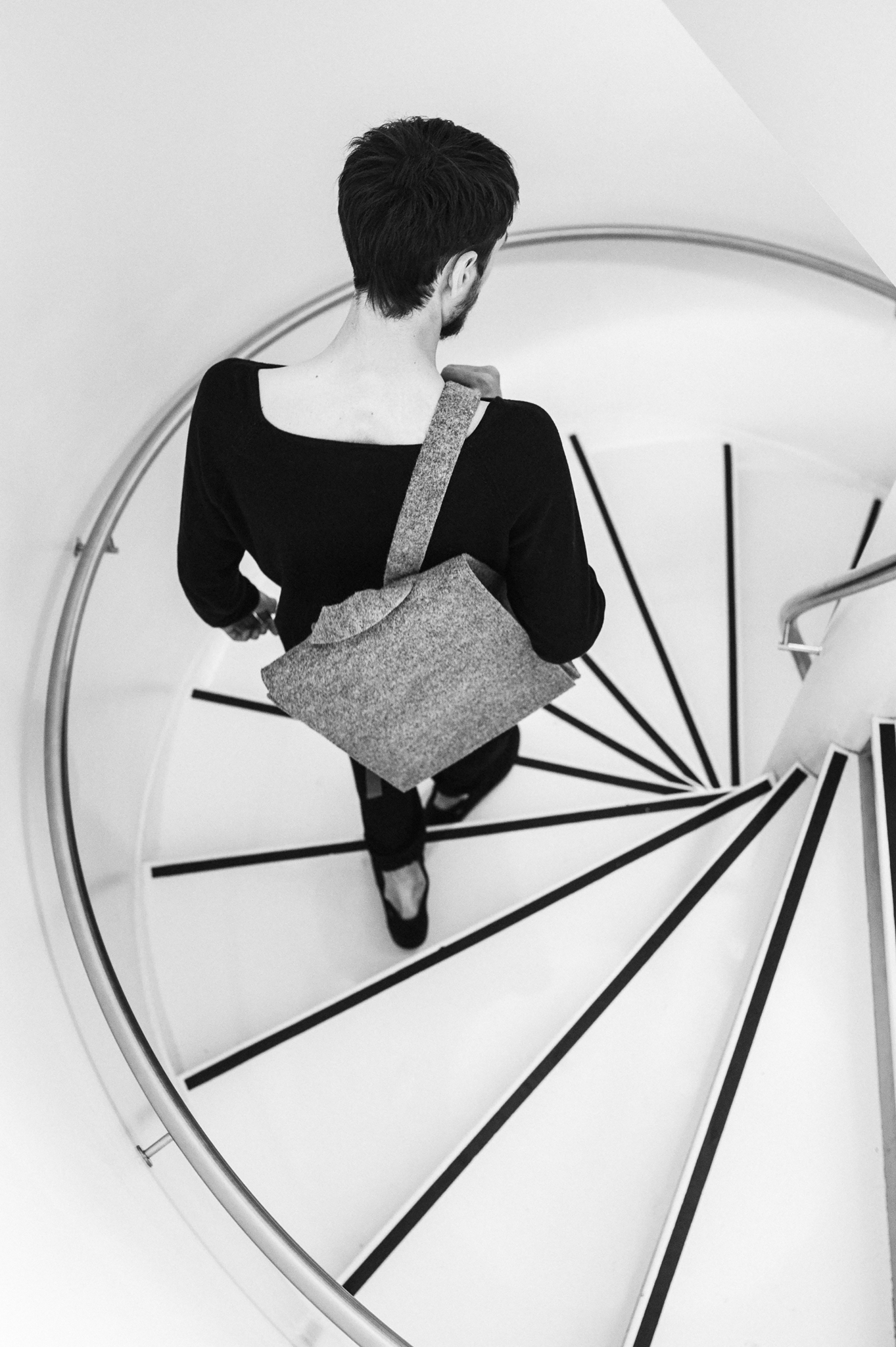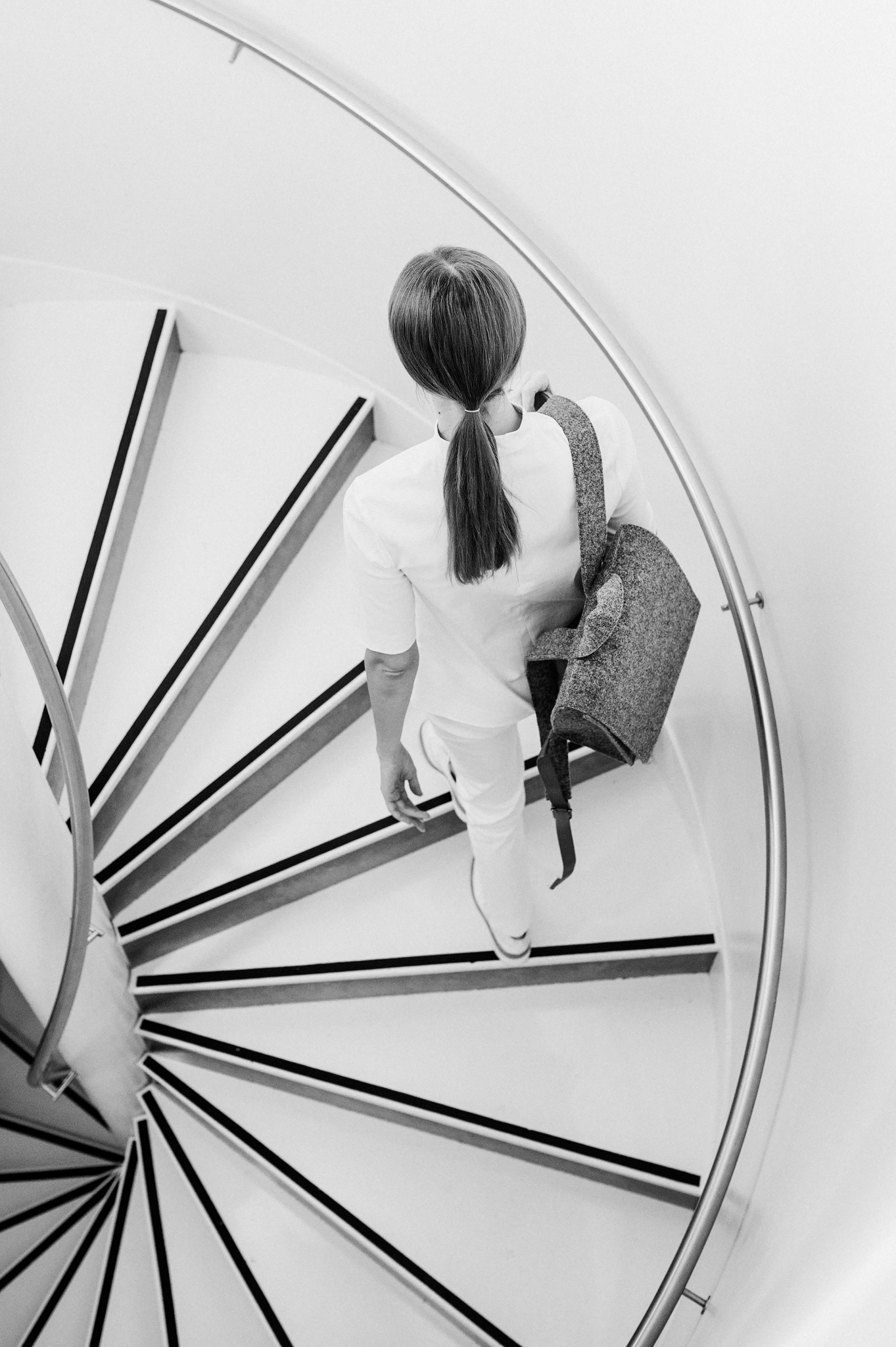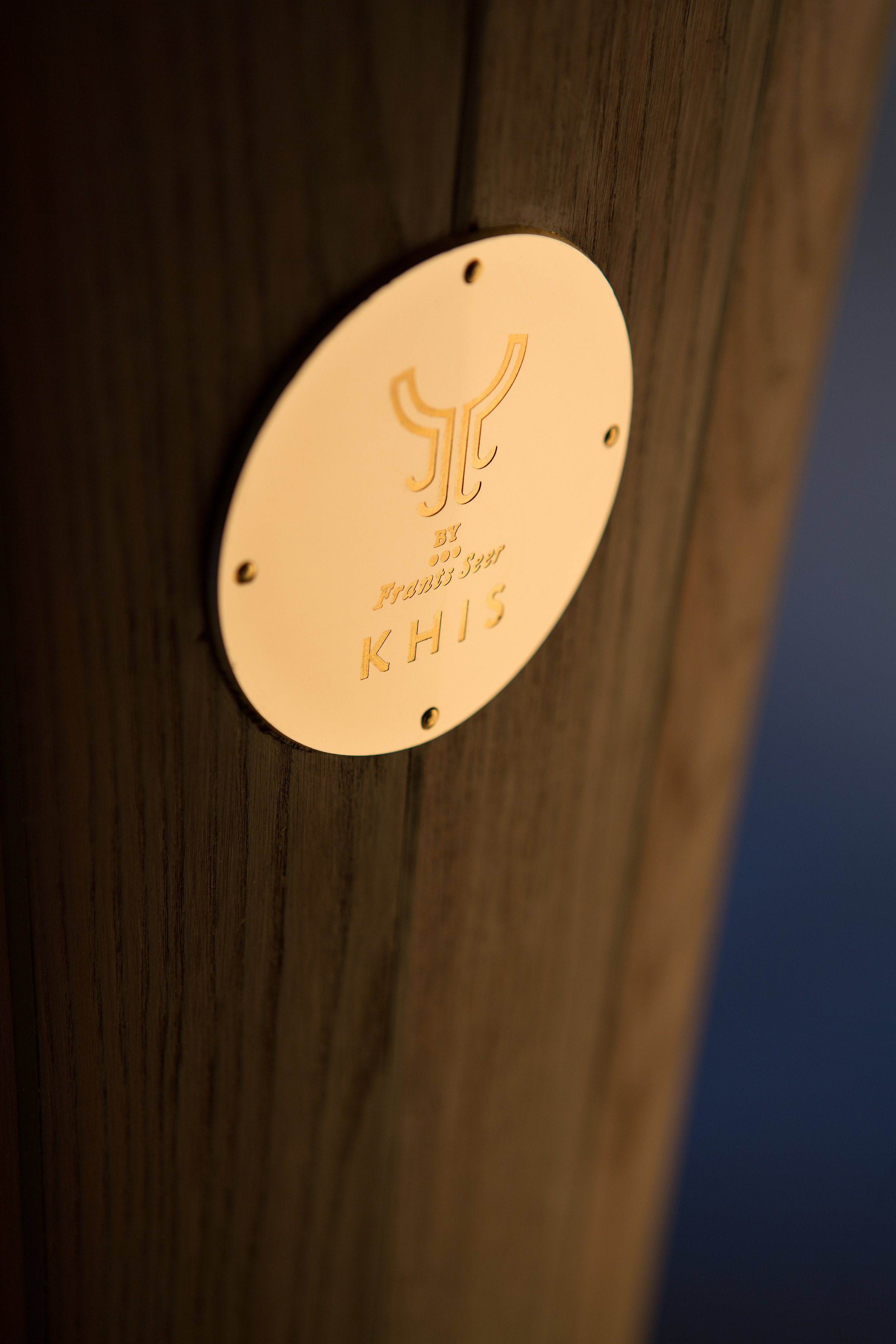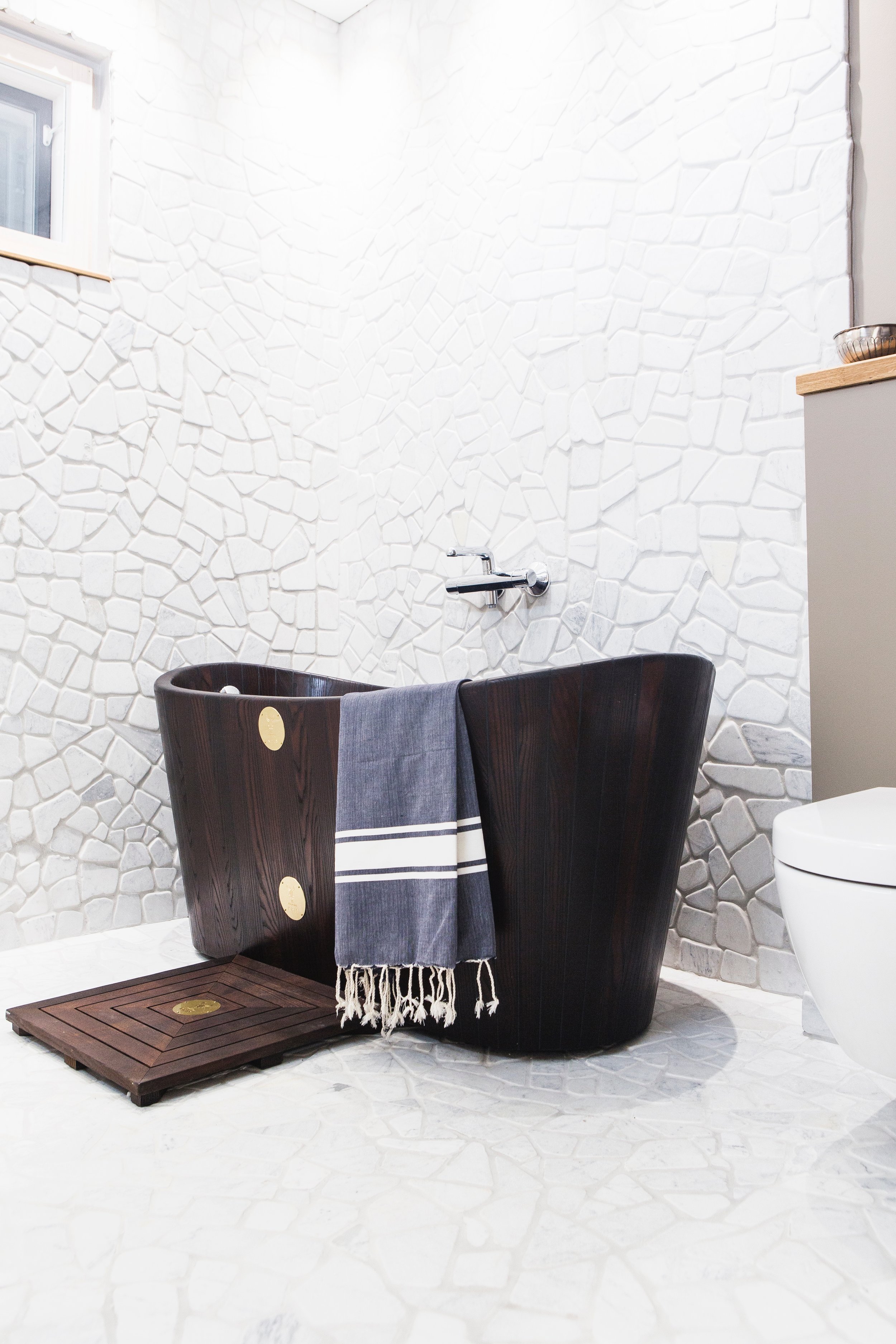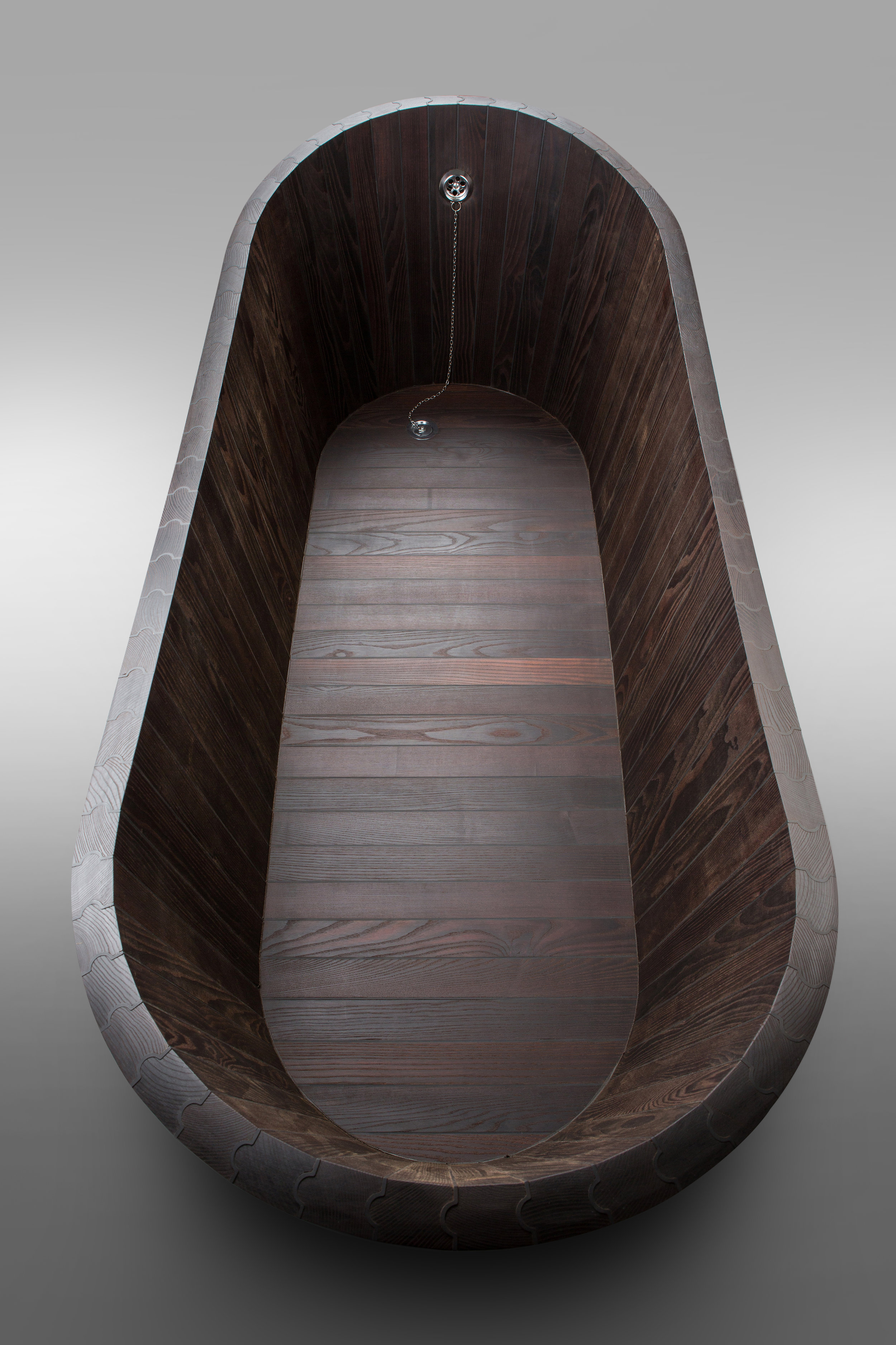AGUSTAV Walnut Shelf.
Sustainability and innovation don’t always stem from new materials, but from clever solutions used in design process. Icelandic furniture manufacturer AGUSTAV is a fantastic example of how design meets innovation, with their timeless interior pieces using wood as their main material. AGUSTAV has also gone big on an environmentally conscious approach - for every item they sell, they plant trees to help boost the growth of a new forest. You give what you take - one of the main principles of circular economy model. Ágústa Magnúsdóttir, one of the founders of the brand, offered us a glimpse into AGUSTAV's world of subtle innovation paired with sustainability.
Words: Johanna Raudsepp
AGUSTAV bar stool.
What do you value most about interior design?
Interior design as we see it is the art of establishing a deeply-rooted connection with your surroundings and habitat. It’s sort of like nesting. It’s nesting that we sometimes do for other people.
We like to keep our lines clean and we value interior design with a solid base. As furniture makers, what we most cherish are spaces designed with a natural calm sense to them; spaces that are grounded with natural materials and allow the furniture to shake up the centre of attention.
Iceland is a place of great natural beauty. How does that come into play in your design process?
Design is just something we do, it comes naturally to us and the creation process is where we focus most of our energy. It is likely that our foundations are rooted in Icelandic nature, but it’s not something that we identify with specifically. The Icelandic hardness is embedded in our DNA and it’s probably something that moves within us and influences us, without us attempting it per se. We use the nature to get away more than we do [use nature] during the process itself. It’s our safe haven where we catch our breaths and regain our stamina after busy periods at the workshop.
"We don’t see beauty in buying one thing today and replacing it with whatever comes out in the next seasonal catalogue. We buy once and hold on to [it] forever."
People are looking for new, innovative ways of creating staple furnishing pieces. What is your approach to innovation and how do you apply innovative methods?
We have always been more interested in the innovation element of creation than the actual 'design' part. To us every thing is designed. In one way or another, intentionally or not, everything is designed. Whether it’s innovative, functional or even useful, is another element and those elements happen to attract our interest even more. We strive to make our items functional and useful; yet we would like them to be innovative and we ground all these things in our perception of aesthetic appeal.
I have to ask about your infamous book rack - what inspired you when creating it?
The book rack came to be when we still lived in Copenhagen. Initially, when we moved in together, we lived in a very small and crooked apartment. We desperately needed space and a place to put our things away (whatever that thing was). The book rack sprung from our original design of the coat rack. We were looking at ways to utilise the same rack system in more ways and the book rack jumped right at us from that process.
"We strive to make our items functional and useful; yet we would like them to be innovative and we ground all these things in our perception of aesthetic appeal."
AGUSTAV Book Rack.
Finally, how does AGUSTAV follow principles of sustainability? Why is it important to you and the consumer?
The environmental issues the world is facing today are very scary and very real. It’s extremely important that everyone does what they can to contribute to the environment, to reduce their waste and think wisely about their purchases. These elements are key to our process, our creations are centred around the fact that we want our items to last. We create high-end quality furniture and encourage our customers to choose wisely before buying, we create our furniture to last and hope that they will be passed down to generations to come. We don’t see beauty in buying one thing today and replacing it with whatever comes out in the next seasonal catalogue. We buy once and hold on to [it] forever.
As to sustainability, we use every piece of wood we get hold of in the workshop and do our best to minimise waste. If we can’t see use for the cut-offs, we’ll give them away to projects that can make use of them. Additionally, we strive to give a little back by planting a tree for each item we sell.
Find AGUSTAV furniture here.


